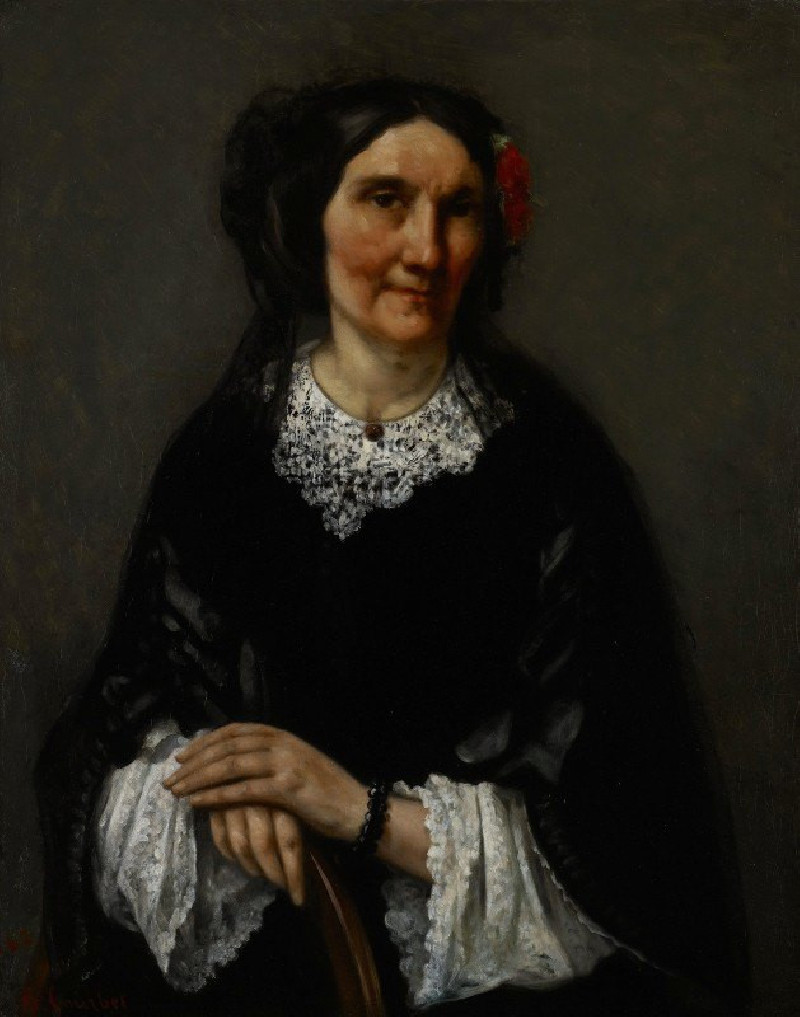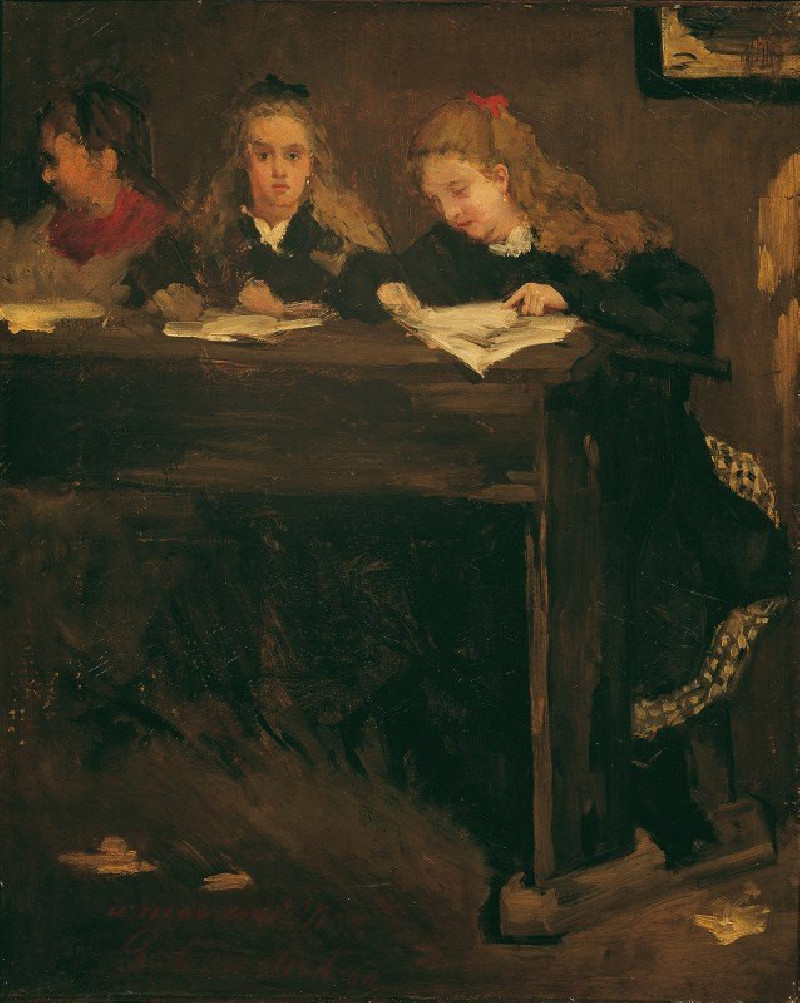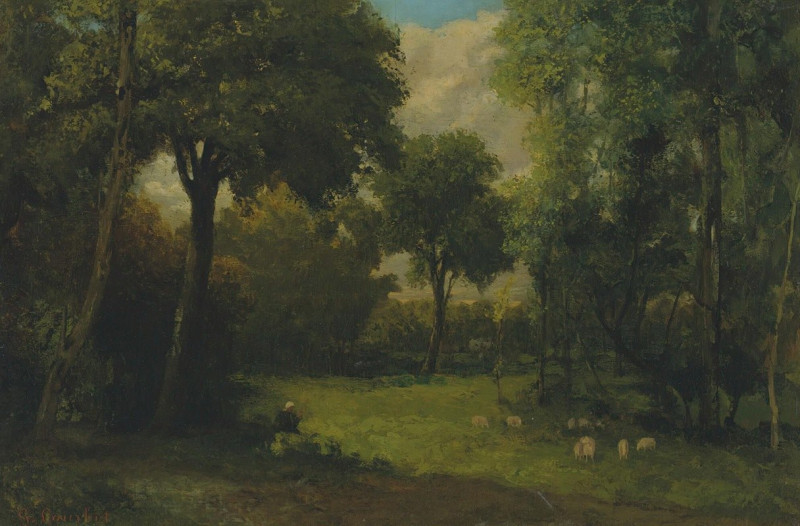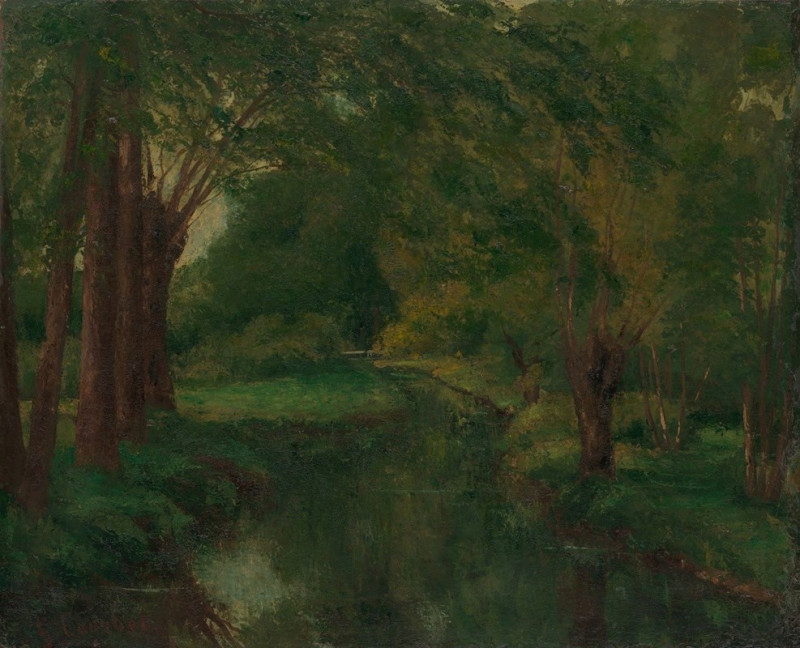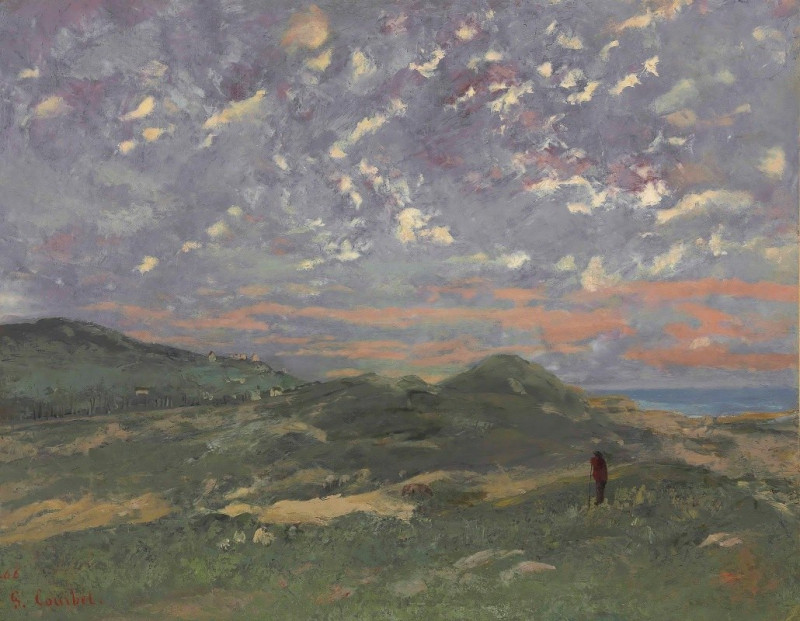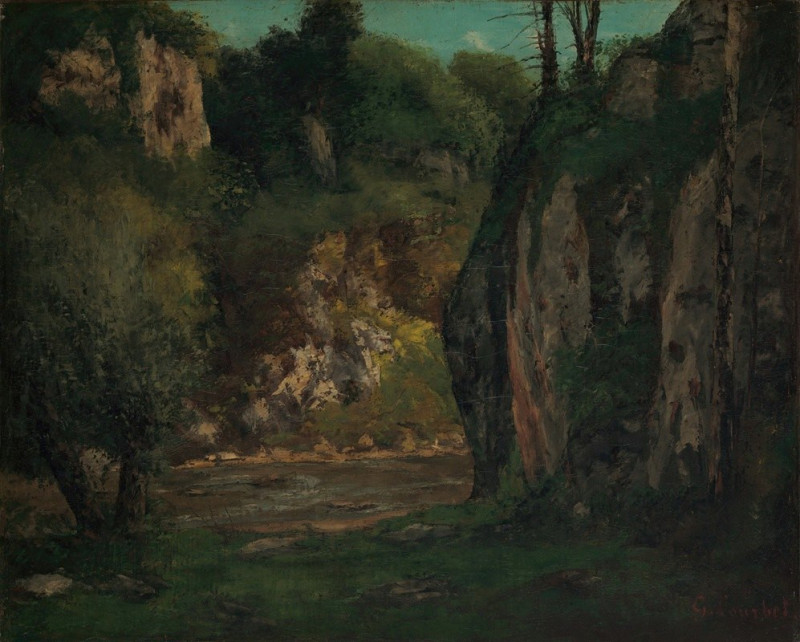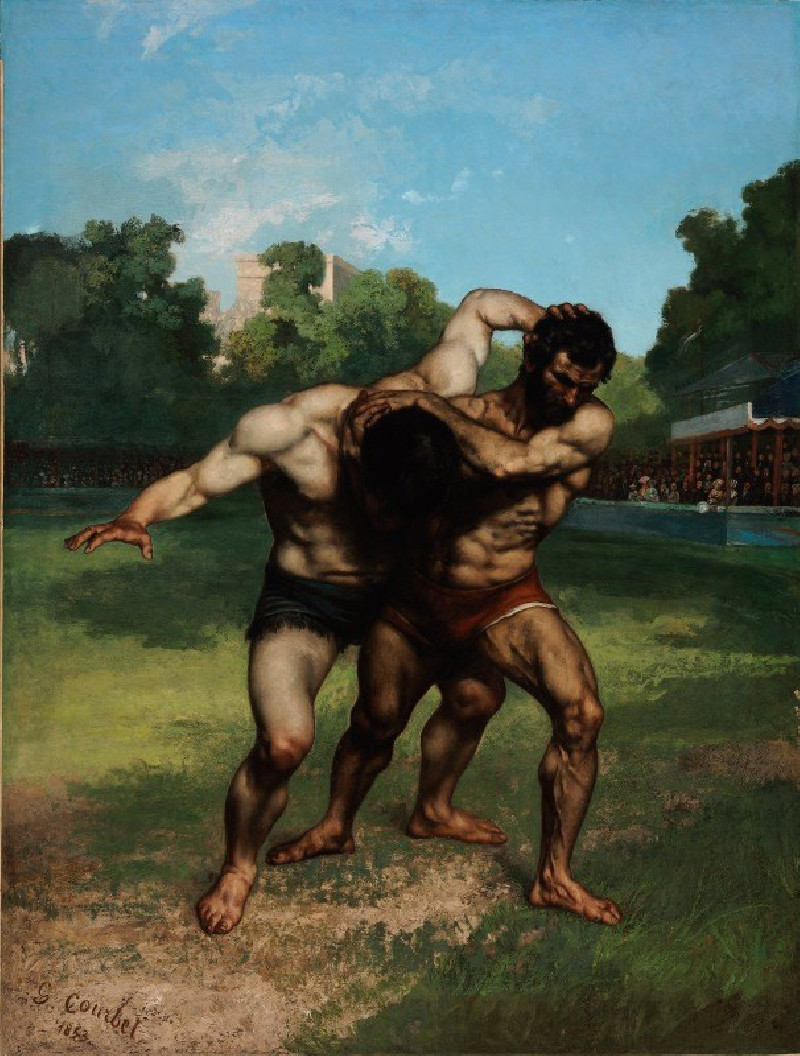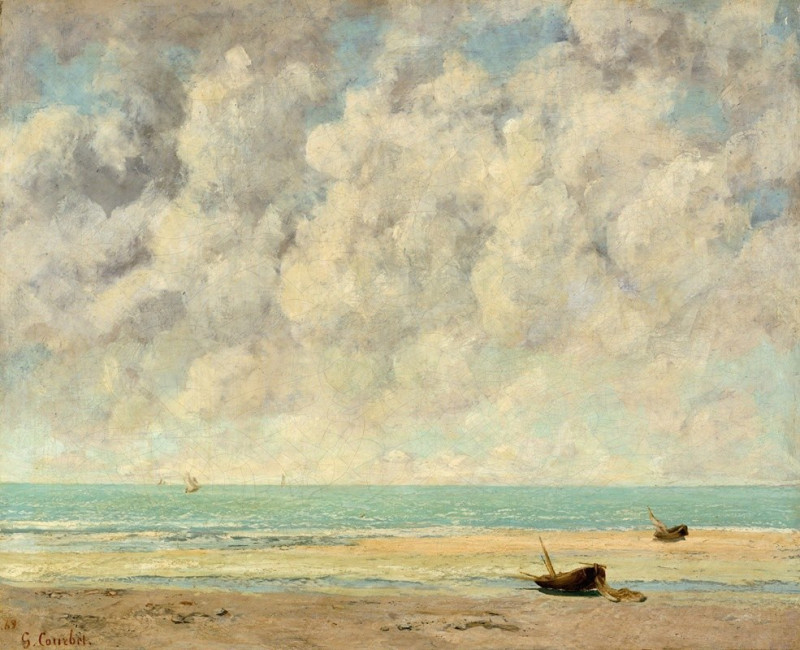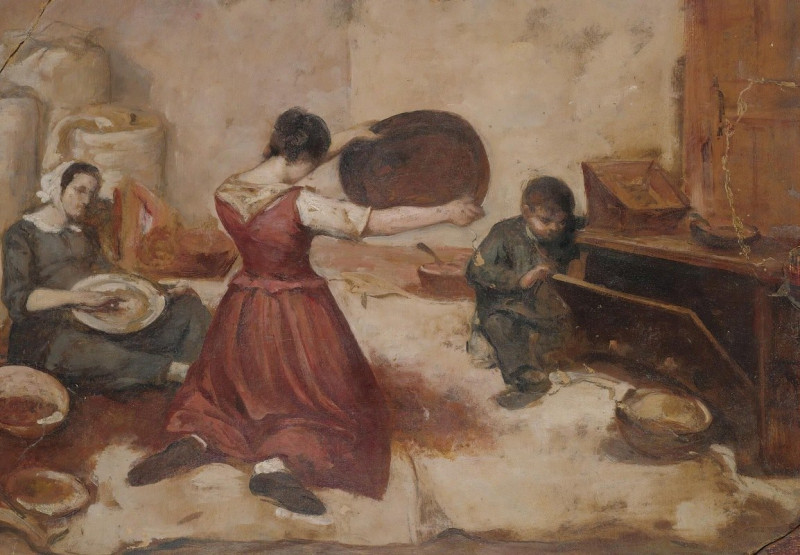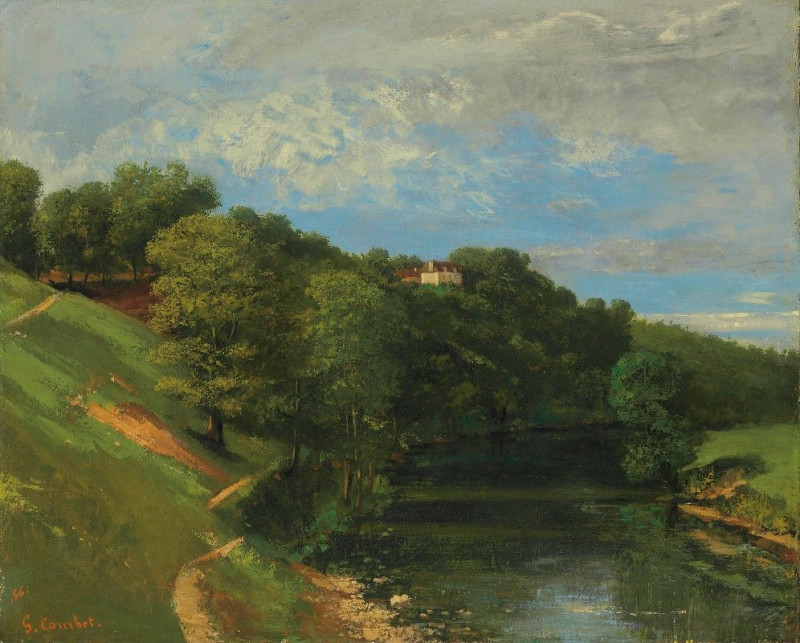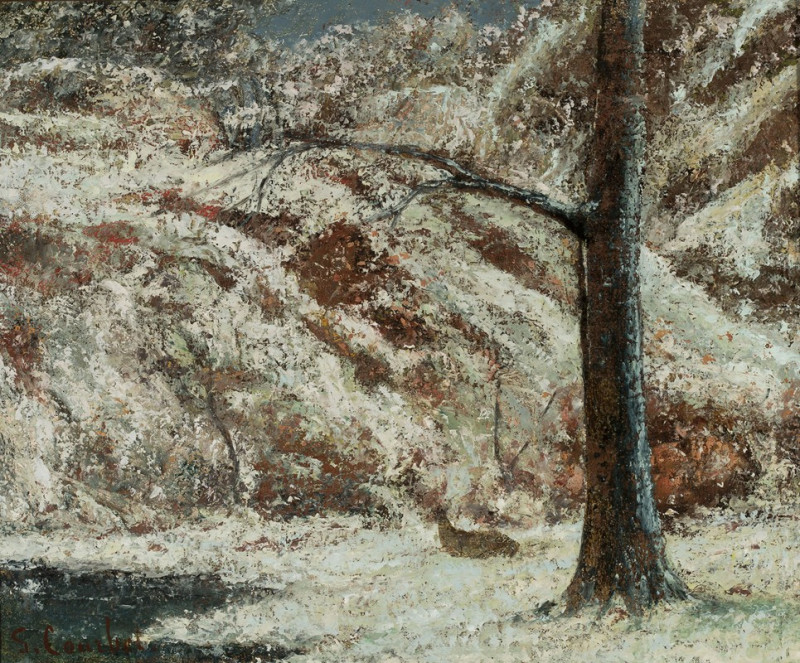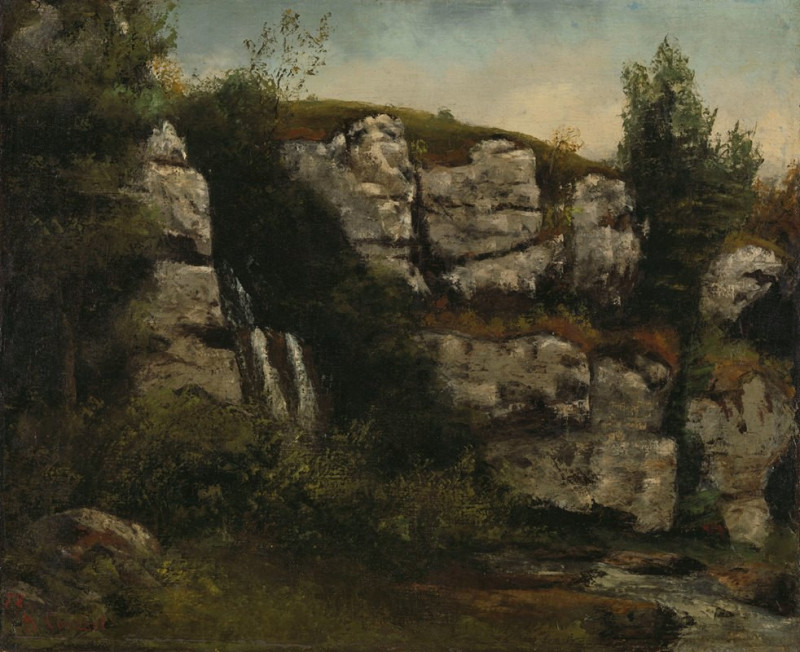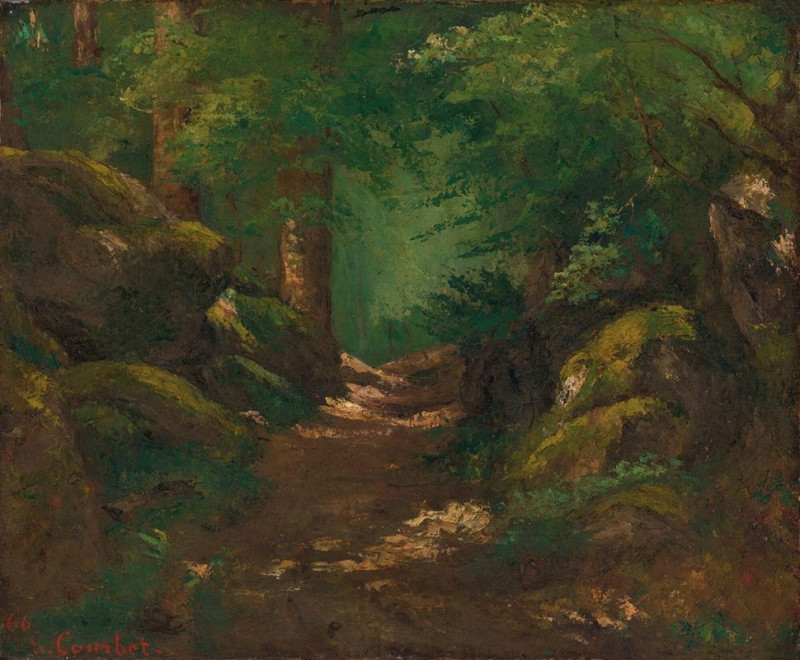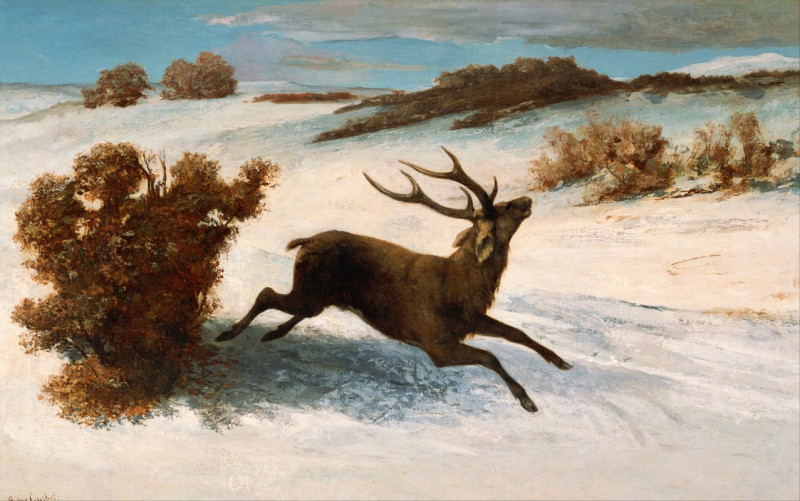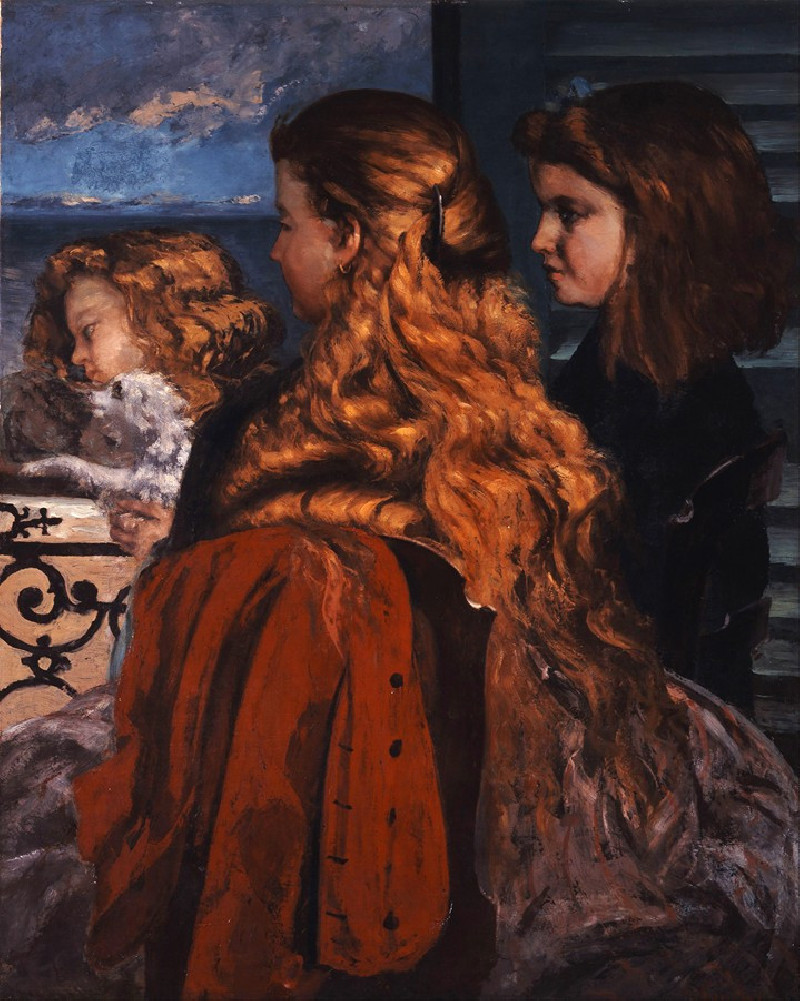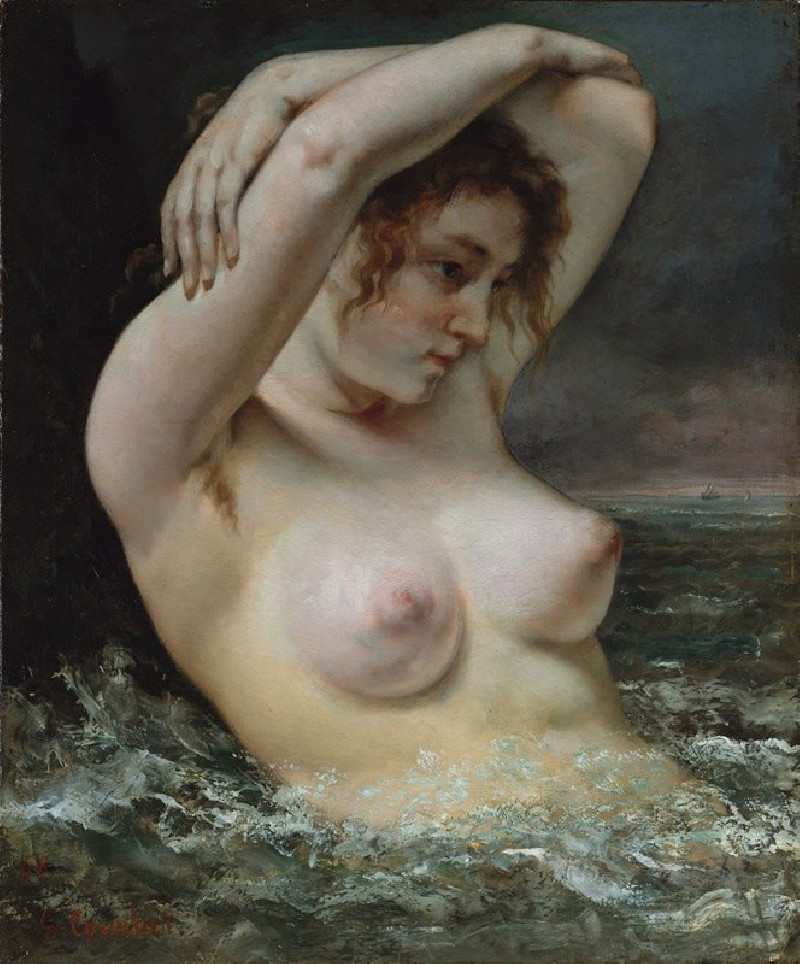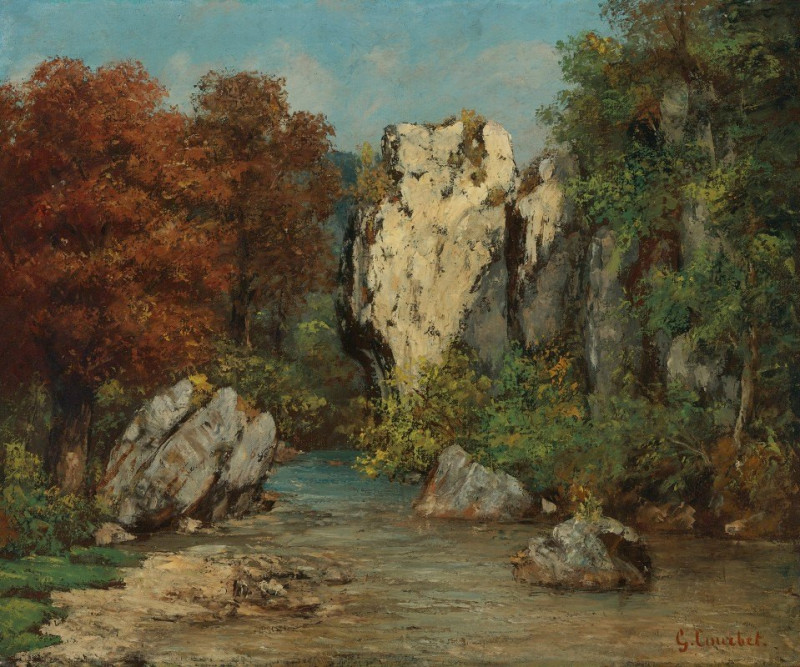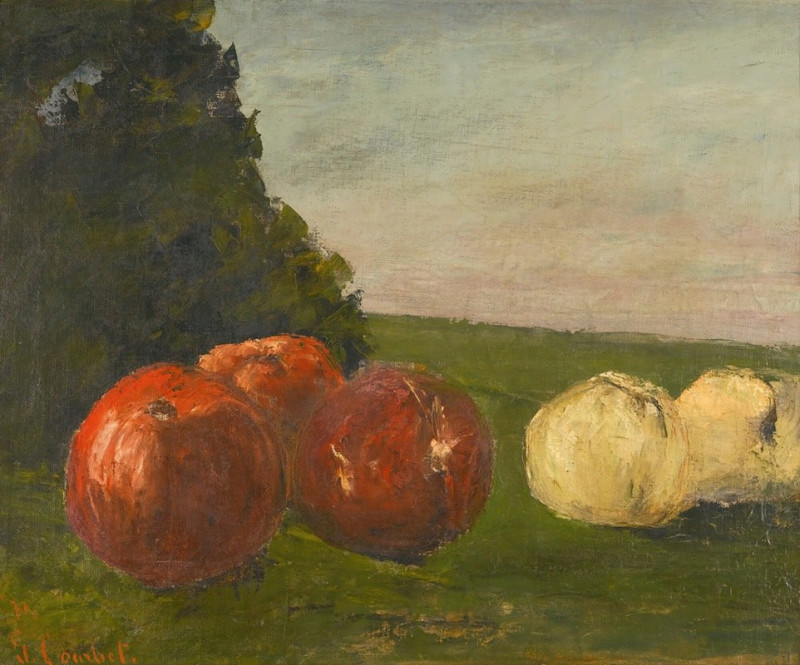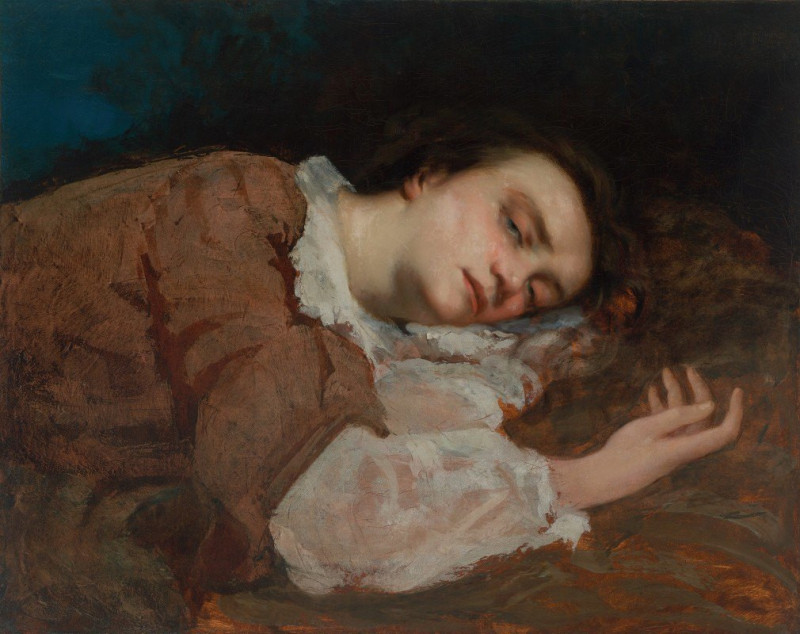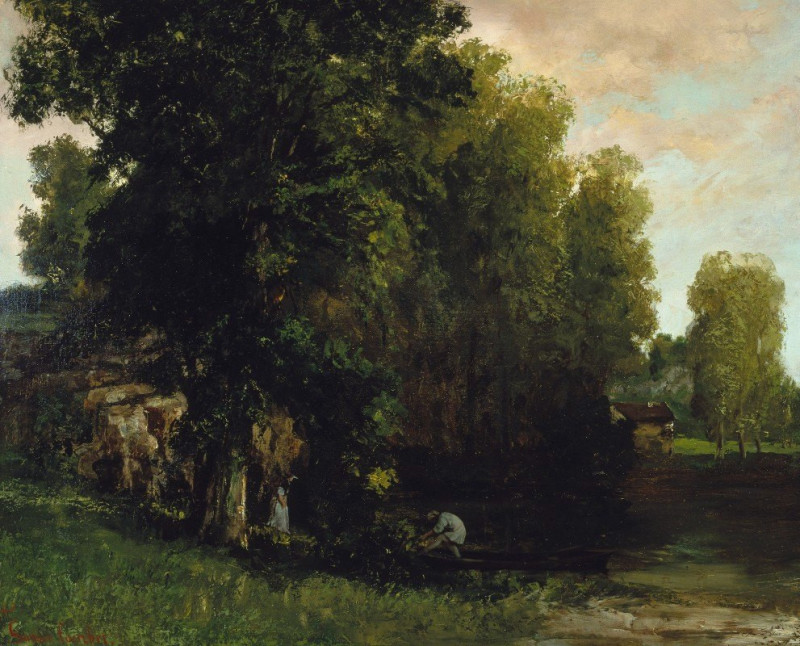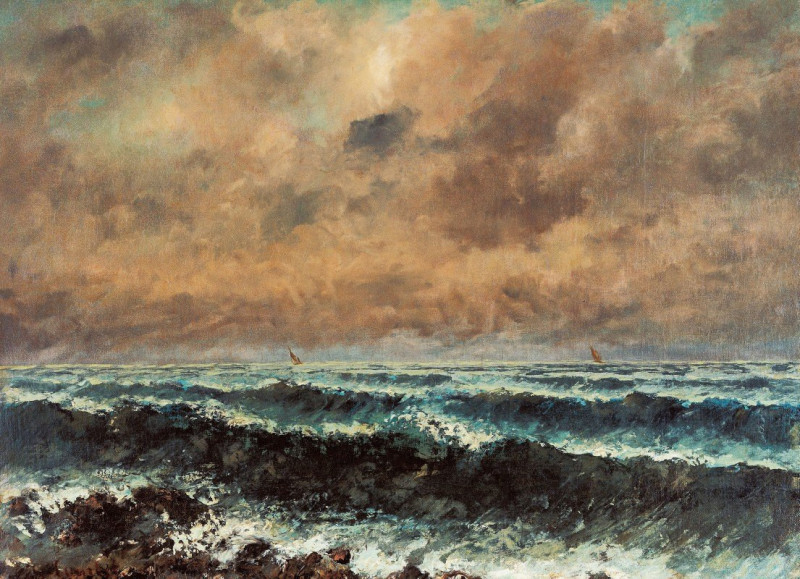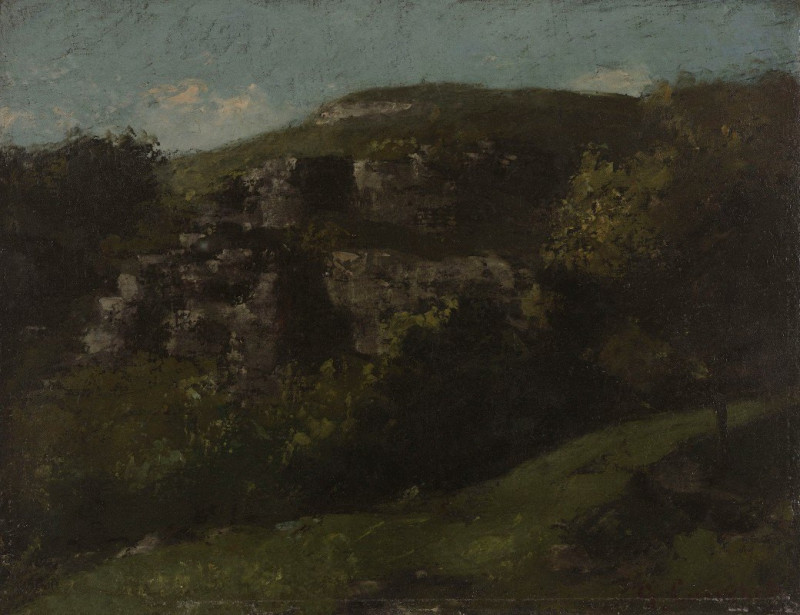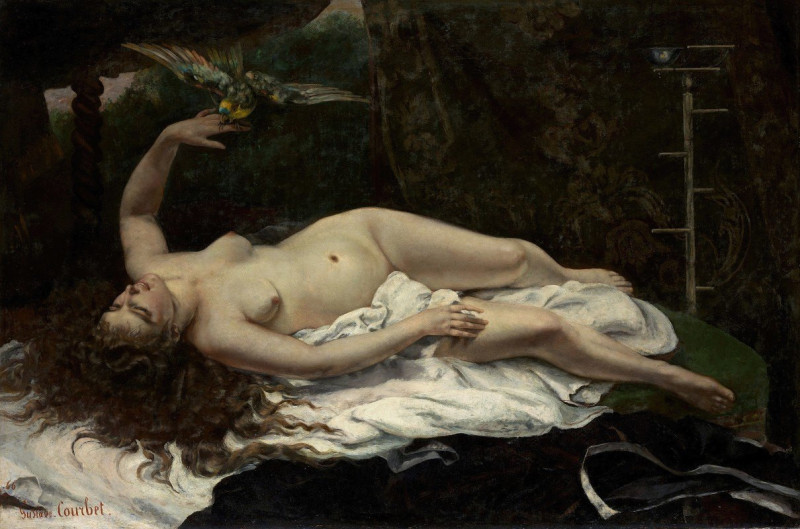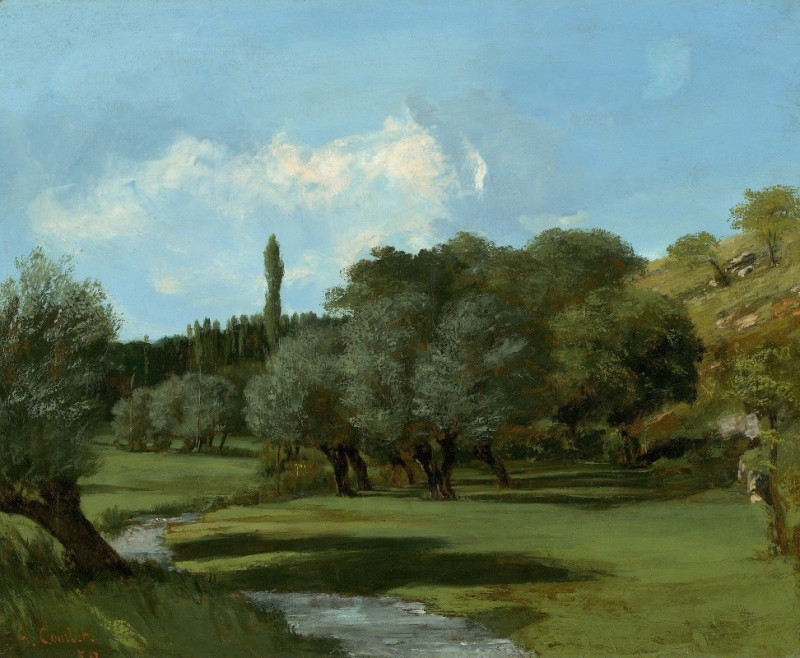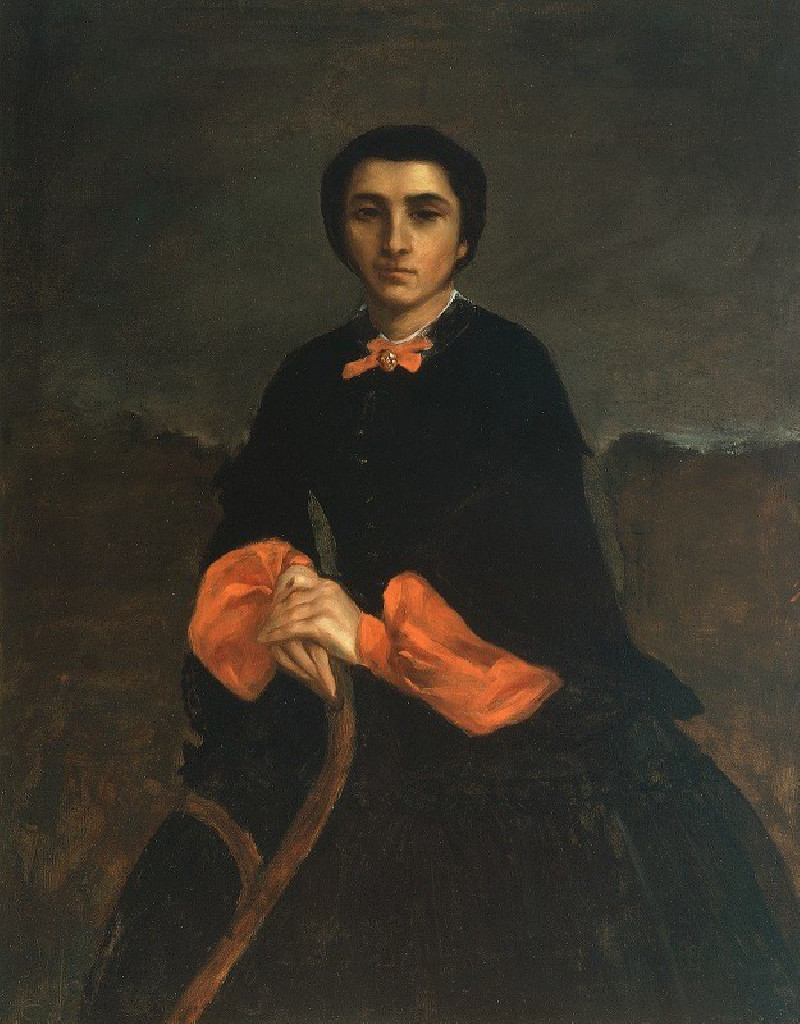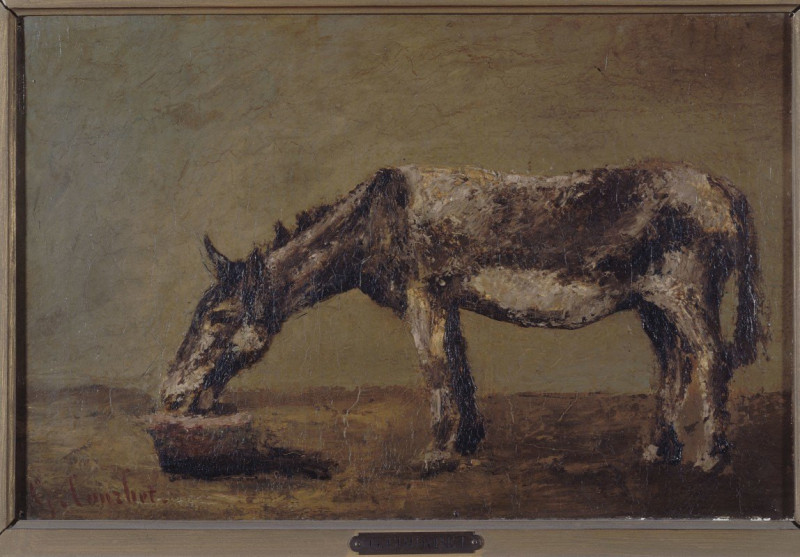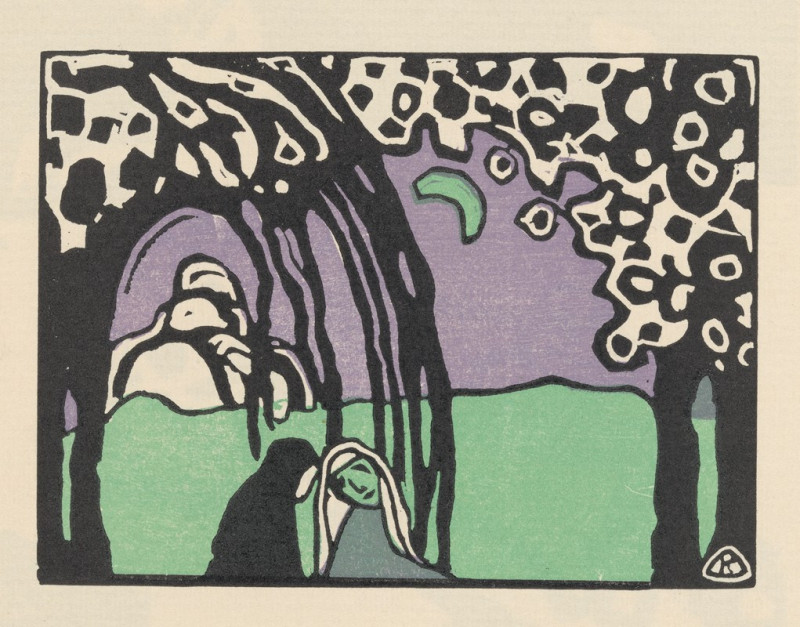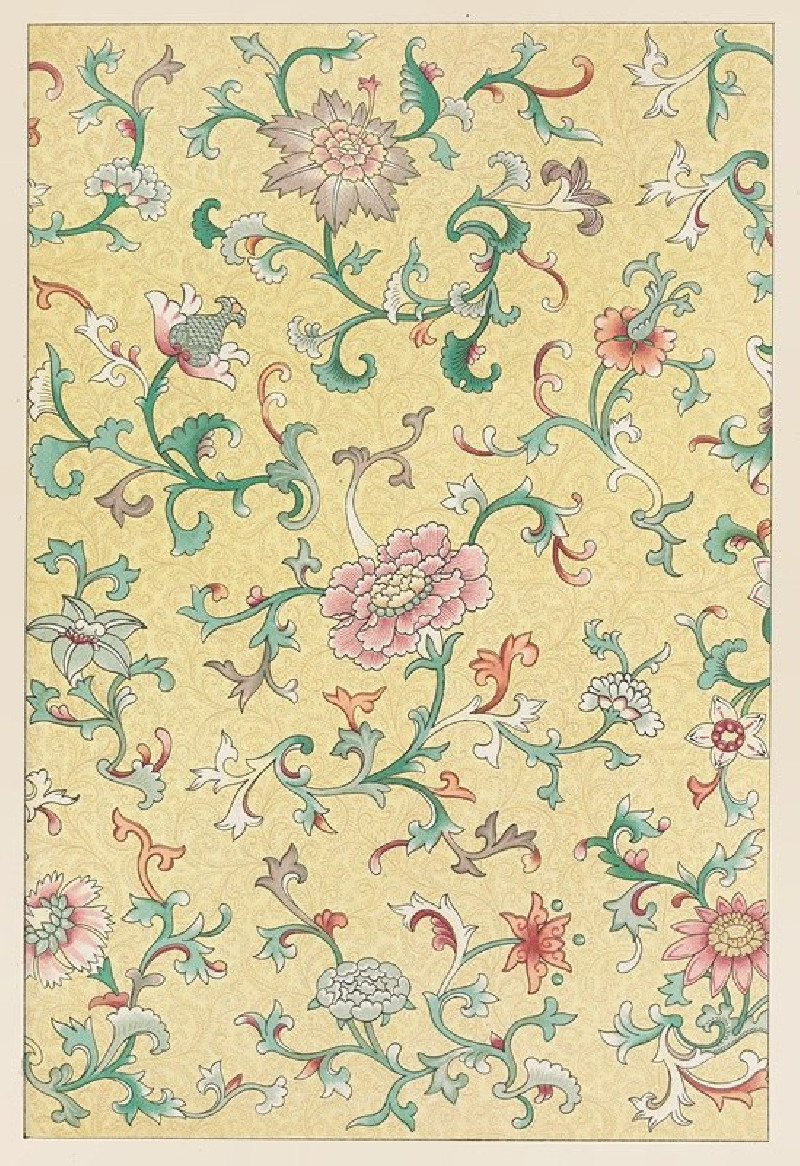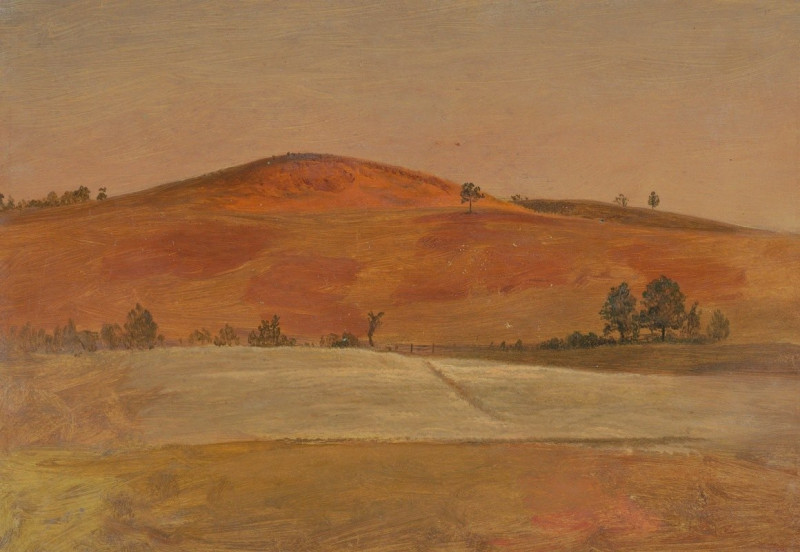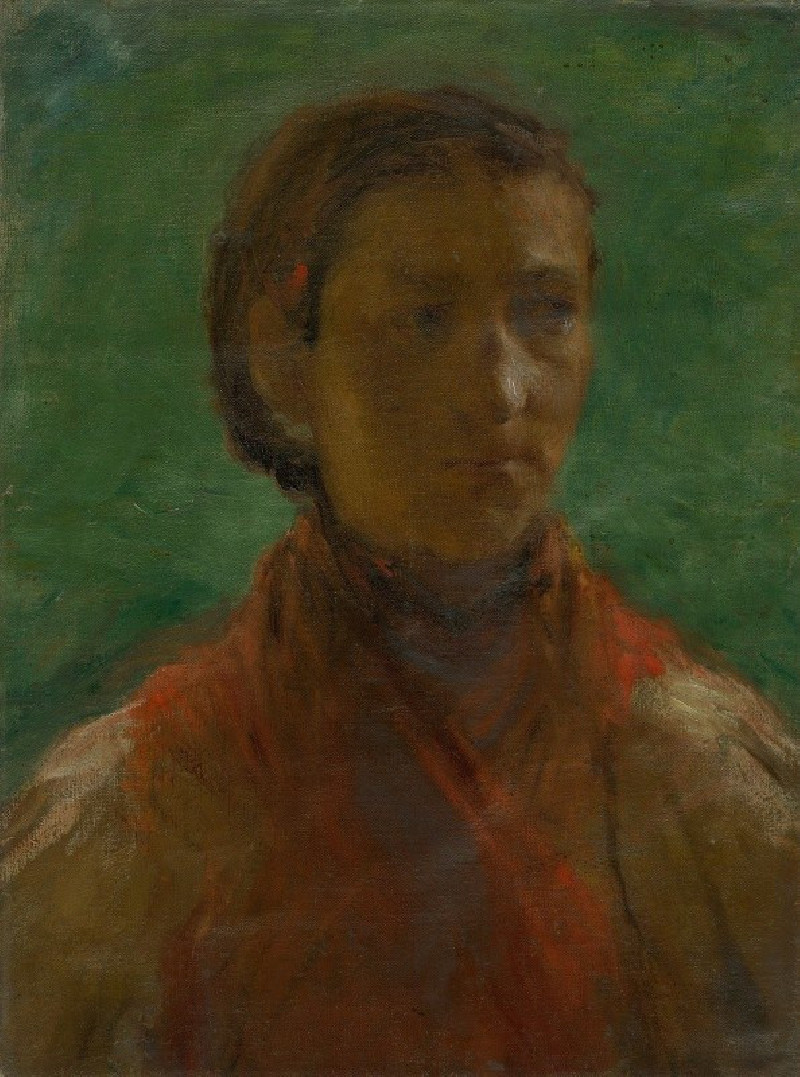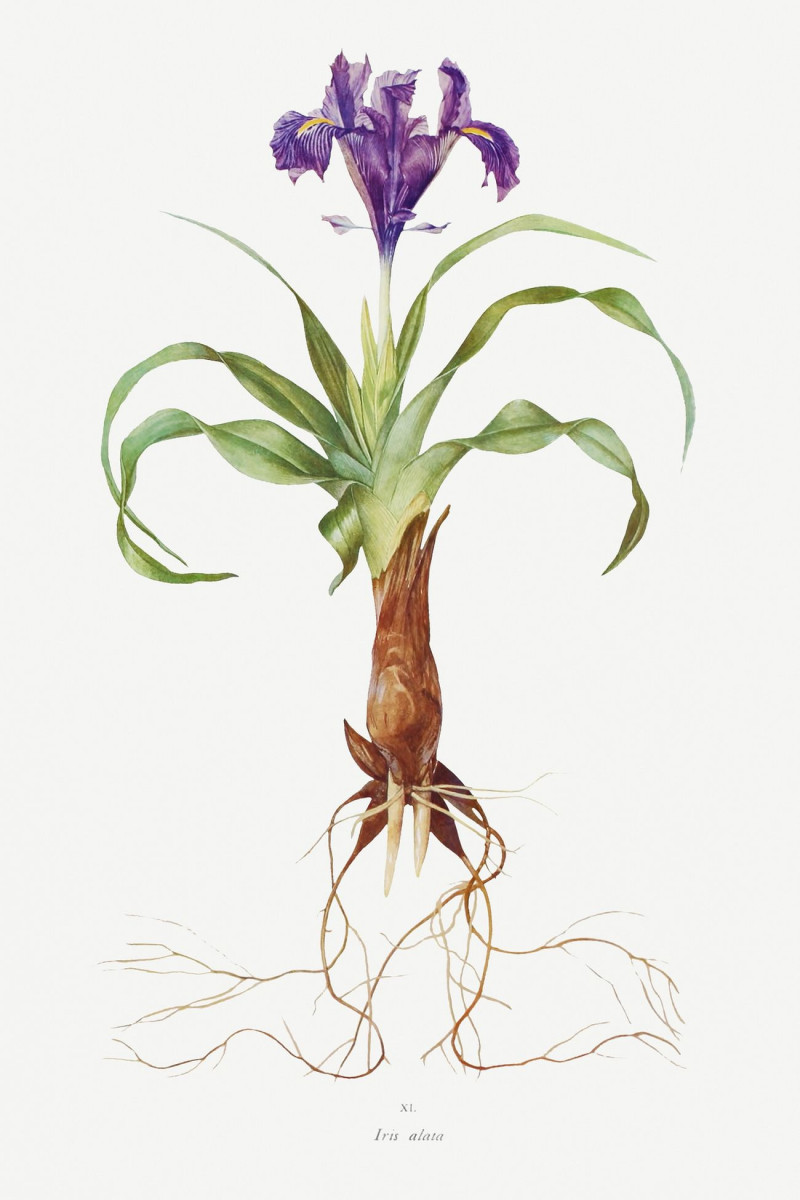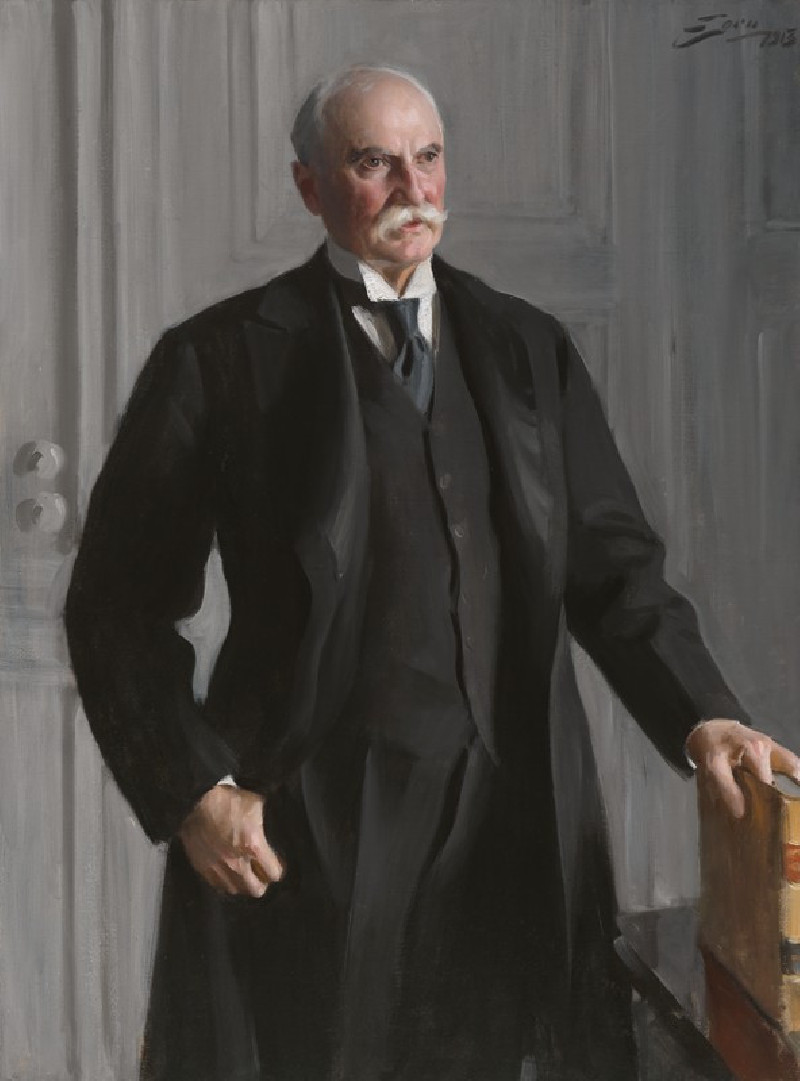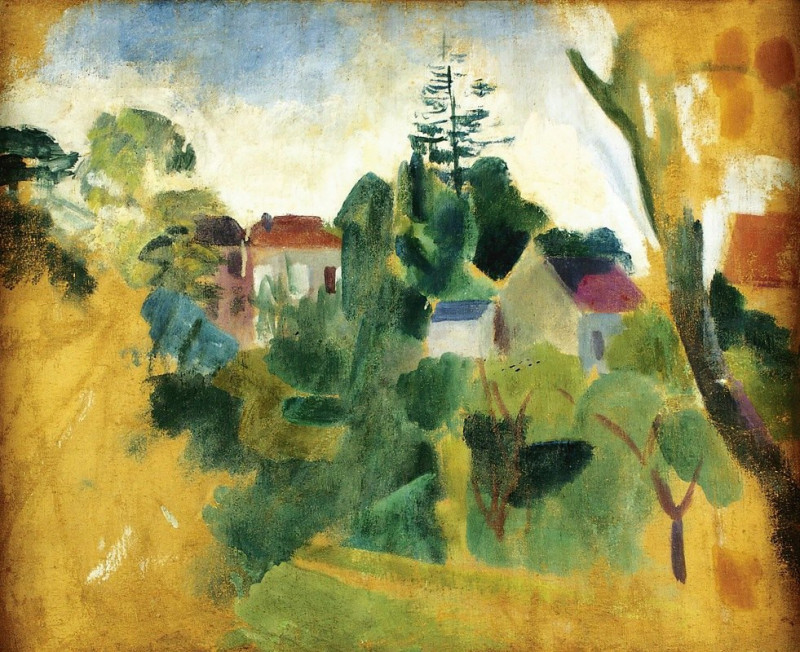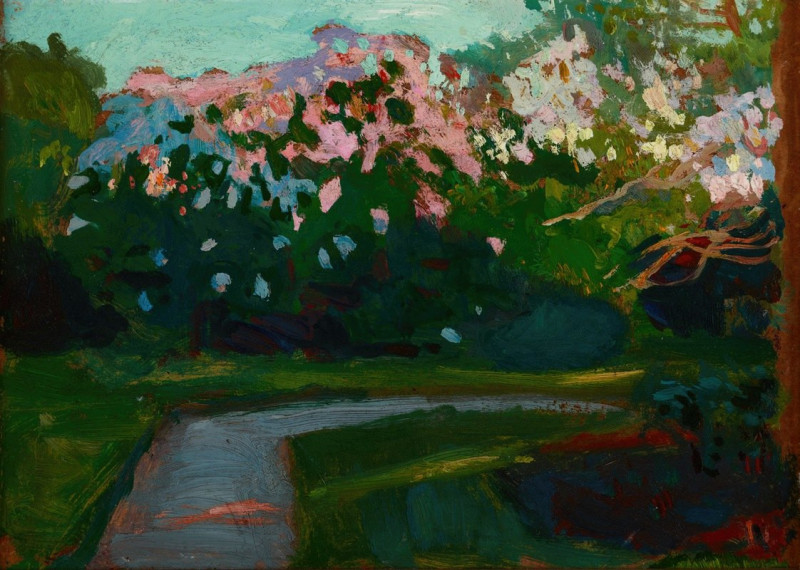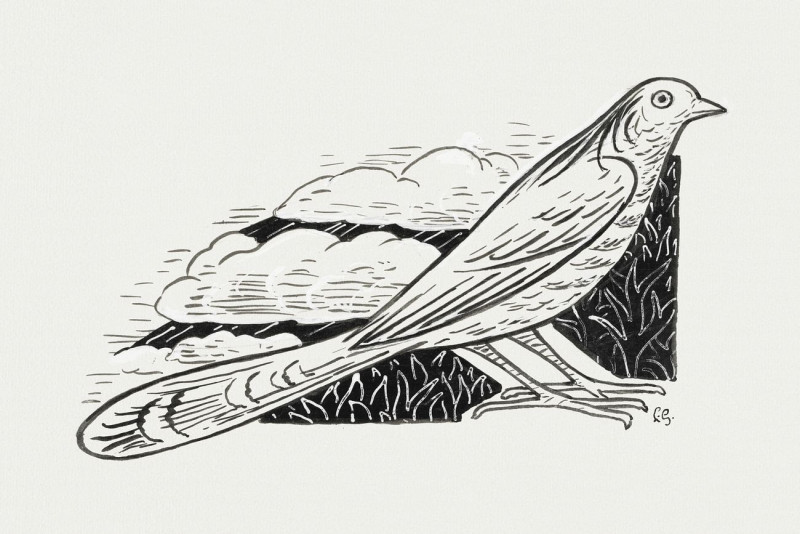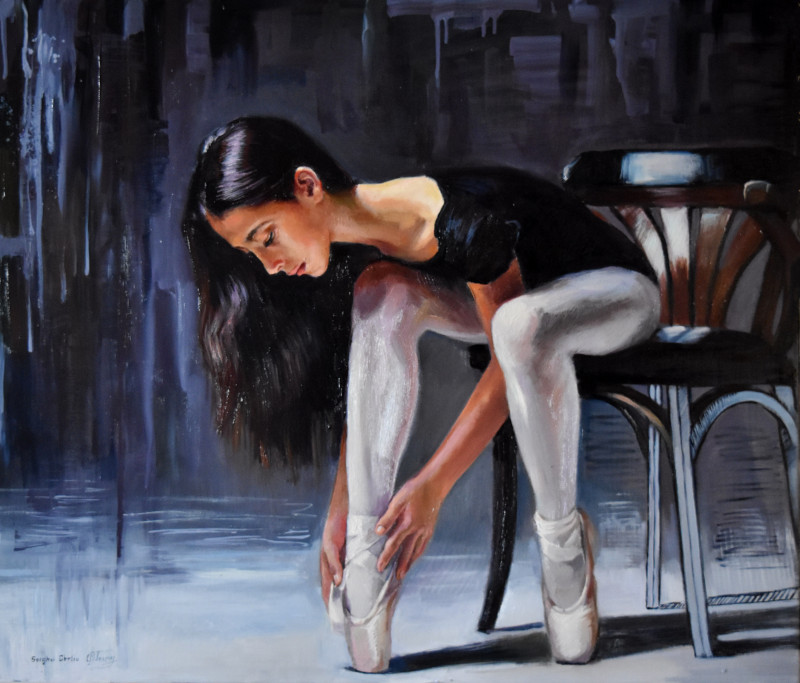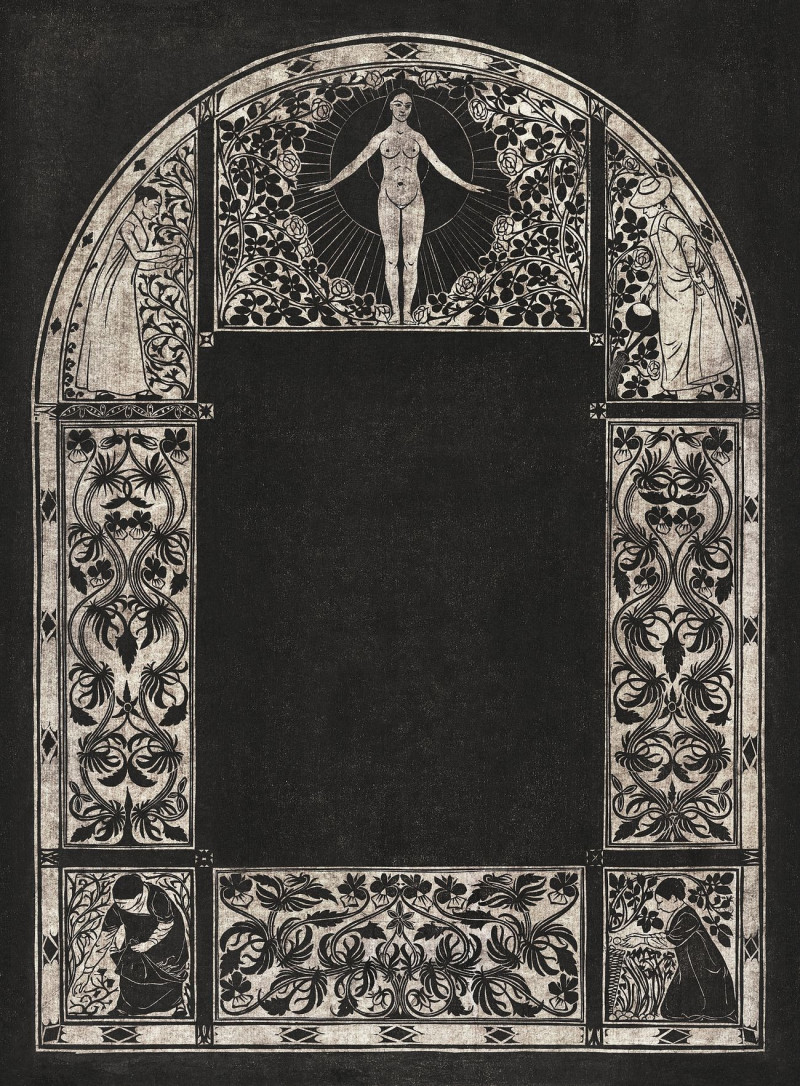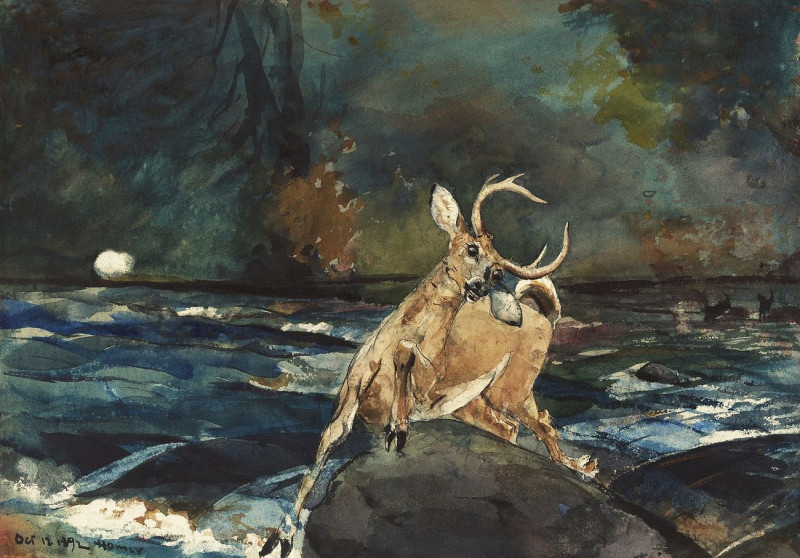Portrait of Anika Psalmon, Mrs. Robin (1862)
Technique: Giclée quality print
Recommended by our customers
More about this artwork
Robin (1862) by Gustave CourbetGustave Courbet, a master of Realism, presents an evocative portrait of Anika Psalmon, Mrs. Robin in this 1862 artwork. In this intimate portrayal, Mrs. Robin is depicted sitting, facing the viewer with a direct and gently resolute gaze that captures a dignified tranquility. Her dark attire, typical of the period, contrasts with the delicate lace details at her neck and wrists, emphasizing both refinement and modesty.A striking touch in the portrait is the red flower pinned near her temple, adding a hint of color that not only brightens the somber palette but also suggests a subtle vitality within the subject. Courbet's skillful use of lighting highlights her facial features and the soft textures of the fabric, bringing a sense of depth and realism to the composition.This painting is a wonderful example of Courbet's ability to convey rich emotional depth and societal narratives through portraiture. It invites viewers to reflect not only on Mrs.
Delivery
Returns
Jean Désiré Gustave Courbet (10 June 1819 – 31 December 1877) was a French painter who led the Realism movement in 19th-century French painting. Committed to painting only what he could see, he rejected academic convention and the Romanticism of the previous generation of visual artists. His independence set an example that was important to later artists, such as the Impressionists and the Cubists. Courbet occupies an important place in 19th-century French painting as an innovator and as an artist willing to make bold social statements through his work.

